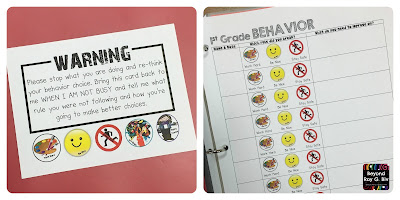Weaving is, by far, one of my most favorite lessons of the year! Once the kids get the rhythm of it, they love it too!
Here are my top 5 tips to try weaving for your next lesson:
1. Invest in good quality cardboard looms with wide-notches.
Kids can get frustrated if the process seems too tricky or takes too long to master. Good quality looms make a world of difference in their frustration level. I often overhear, "This is easier than it looks." when I use the "good" looms. I've had some of my looms for over 10 years, and they still look and work great!
2. Teach students the correct vocabulary from the beginning: loom, warp, weft, weaving.
 |
| www.weaverandloom.com |
Having them learn and apply art vocabulary is a great confidence booster in the Art Room. And its always fun when they know words that their parents don't!
3. Pre-cut your strings.
I have small plastic boxes filled with pre-cut and pre-sorted strings. This makes the process of picking out new strings so much faster, so they can get back to their weaving, as quickly as possible.
4. Have them check their weavings with you on a regular basis.
On the first day of weaving, they can choose 4 strings. When they are done with those strings, they have to visit me at a designated table and we have to check for "oops strings" - those strings that wanted to go over or under, but...OOPS...they went the wrong way!
On day two, we up the number to 6 and they are THRILLED! On day three, they can weave 8 strings before they visit me, but if they see one of those "oops strings" before they visit me, they can try to fix it themselves. And let me tell you, they are so proud when they figure out where a mistake is before I do! :-)
5. Make a few weavings yourself to understand the process and to have examples of many pattern possibilities.
In the beginning, we talk a lot about two-color patterns, like red-blue-red-blue. But as they weave more, they get ambitious. Maybe a three-color pattern, like red-white-blue-red-white-blue or red-red-red-white-white-white-blue-blue-blue, or maybe a six color pattern like the color wheel, or even a pattern that repeats with ANOTHER pattern! Their ideas are endless, but if you have some examples already made, you can easily show them what a pattern may look like ahead of time.
My 2nd graders are excellent weavers and you can see all their pieces in our Artsonia gallery.
And in the words of Journey, "Don't Stop Be-weave-ing"!
~Amy



































